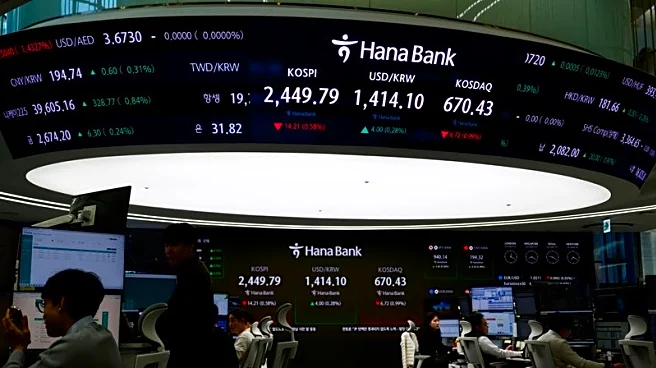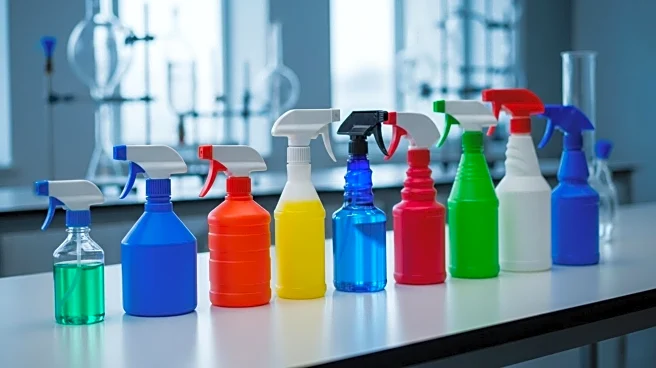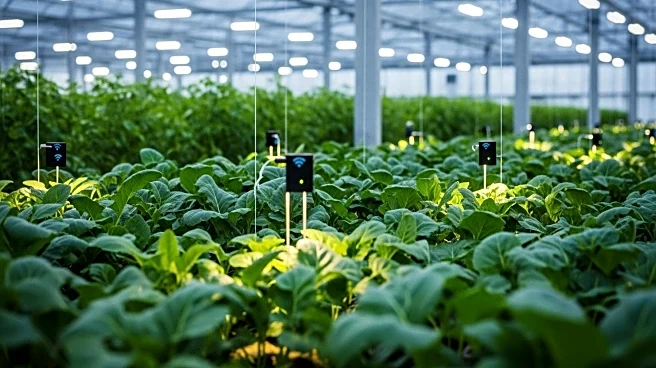What's Happening?
The global market for self-contained breathing apparatuses (SCBA) is forecasted to grow at an annual rate of 4.2% from 2022 to 2027, reaching a market size of $1.5 billion by 2027. This growth is driven
by increased demand from industries such as mining, chemicals, and firefighting. Open-circuit SCBA dominates the market due to its widespread use, while closed-circuit SCBA is preferred in environments with high concentrations of fatal gases. North America is expected to remain the largest market, supported by the presence of major players like MSA, Honeywell International Inc., and 3M. The Asia-Pacific region is anticipated to experience the fastest growth, with countries like China, India, Japan, and South Korea increasing their demand for SCBA.
Why It's Important?
The expansion of the SCBA market is significant for industries that rely on these devices for safety, such as firefighting, mining, and chemical production. The growth indicates a rising emphasis on worker safety and regulatory compliance, which could lead to increased investments in safety equipment. Companies involved in the production and distribution of SCBA stand to benefit from this growth, potentially leading to job creation and technological advancements in safety equipment. Additionally, the market's expansion in Asia-Pacific suggests a shift in industrial safety standards and practices in these regions.
What's Next?
As the market continues to grow, companies may focus on innovation and development of more efficient and user-friendly SCBA devices. There could be increased collaboration between manufacturers and industries to tailor products to specific needs. Regulatory bodies might also update safety standards to reflect advancements in SCBA technology, influencing market dynamics further.
Beyond the Headlines
The growth of the SCBA market could have broader implications for global safety standards, potentially influencing policies and practices in industries beyond those currently driving demand. This could lead to a cultural shift towards prioritizing worker safety and environmental health.












